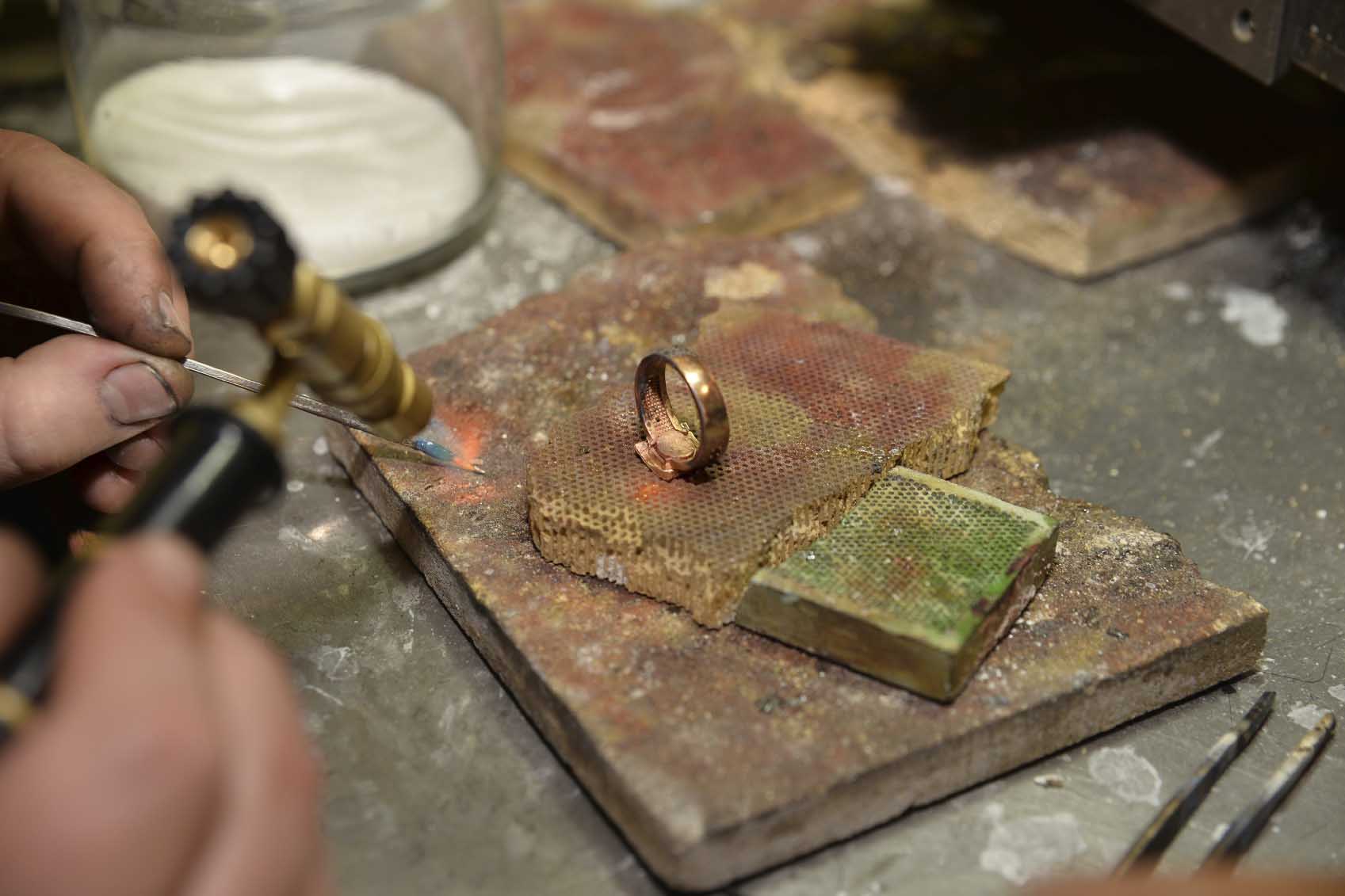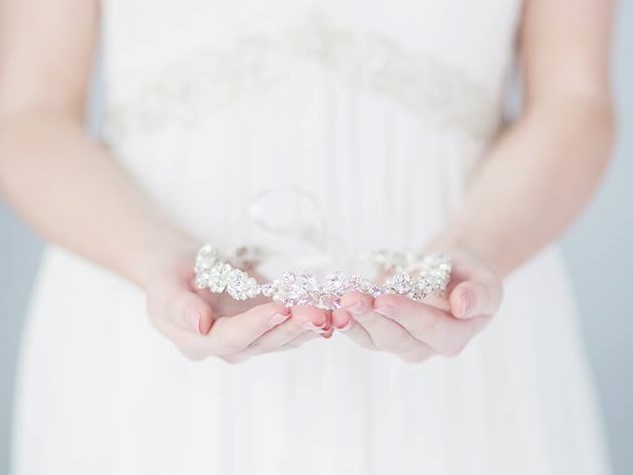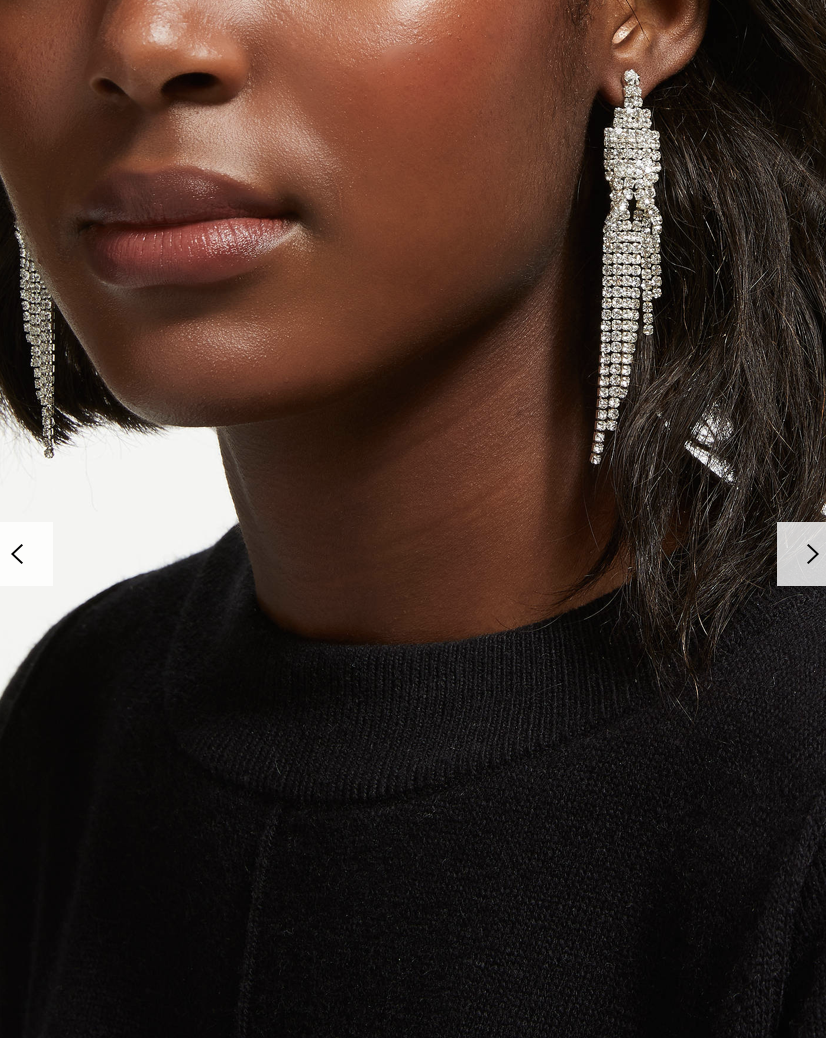You have your engagement ring and now it’s time to pick out your wedding ring. Before running off to the store to pick out your favourite style, there are a few things to know about gold – such as purity, strength, plating and colours.
What is a karat?
One of the least understood aspects of gold is the karat. Seriously, what does 24K mean? A karat is essentially a unit of purity. That rating is split into 24 parts or karats, meaning that a 24 karat gold ring, is pure, solid gold. The drawback of 24K gold is that it’s soft and malleable, making it not very good for daily wear as it will be easily scratched and damaged.
Most wedding and engagement rings that are made of gold are made of 14K or 18K gold. These rings are stronger and more durable than 24K rings. When a ring is not 24K or ‘pure gold’, it means that it has been mixed with some other metals or alloys, which usually improve the strength and lustre, but can also change the colour. This means that 18K gold is 75 per cent gold, 25 per cent alloy mix, while 14K gold is 58.3 per cent gold, 41.7 per cent alloy mix.
Is it plated?
Another thing to consider when buying your ring is plating. Most often you will hear 24K referred to as pure gold, but you might also see a ring advertised as 18K pure gold. What that means is that the ring isn’t plated. Plated rings are made of a different metal and then plated in gold.
There are standards for how thick the gold plating must be, but it’s important to discuss that with individual jewellers to find out their requirements. An option that has become more common is vermeil, which is silver jewellery, plated in gold. Plating is an option that can save you money. The more gold in a ring, the heavier the ring and therefore the more expensive the ring is.
What colour gold?
The last thing to consider before buying your ring is the colour. As it is such a malleable, easy to work with metal, gold can be mixed with other metals or alloys. The benefit that comes from this is the ability to change the colour of gold.
There are many different types of gold, such as green gold, purple, gold, black gold and even blue. These colours can be achieved by mixing elements and metals such as silver, alloy, palladium, zinc and nickel, with the gold. However, the more traditional types of coloured gold remain popular choices for wedding rings. Here are the most popular types of coloured gold:
Yellow gold
Naturally occurring gold and 24K pure gold are a warm, yellow colour. When pure gold is mixed with silver and copper, the warm rich yellow colour can still be maintained.
White gold
White gold is created by mixing pure gold with palladium and silver, or with copper, nickel and zinc, to create a pale, shiny colour. These rings are usually plated with rhodium, a very hard substance that protects the ring from wear. White gold was originally created during the 1920s to replace platinum, but lately has become popular in its own regard.
Rose gold
Rose gold is a pinkish colour, and is currently very popular. Rose gold is created by combining gold with copper, the more copper there is, the redder the hue.
Black gold
Black gold has also become popular, mostly for grooms’ rings. These black rings are made of white gold and then plated with black rhodium, a very hard covering. Rhodium may wear off over time, but your jeweller can easily replate the ring.
We hope this guide helps you along the way to buying the perfect wedding ring!




